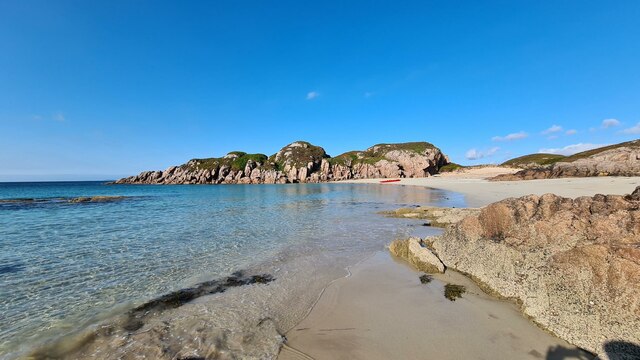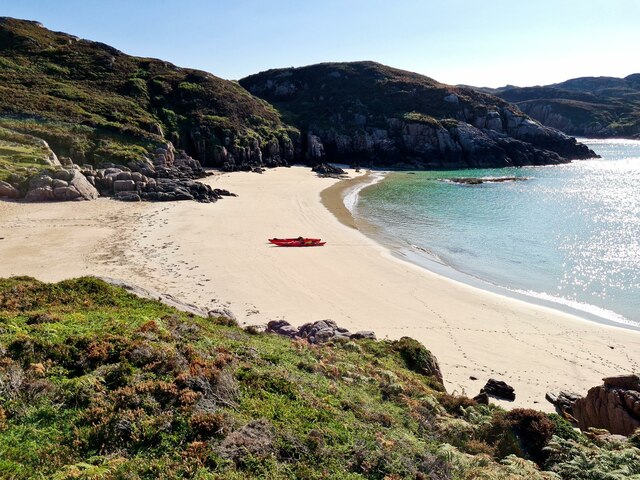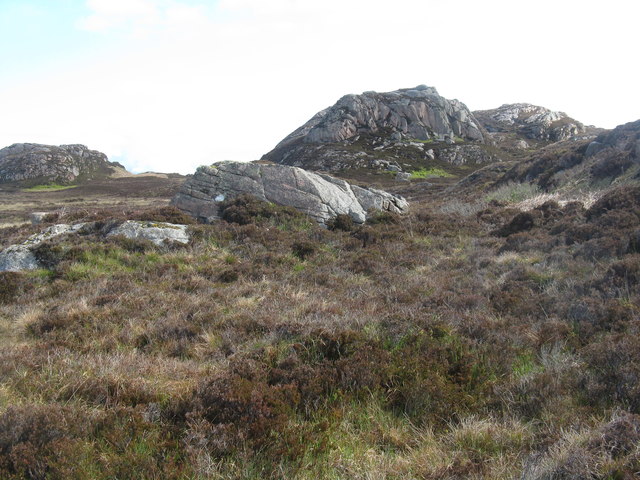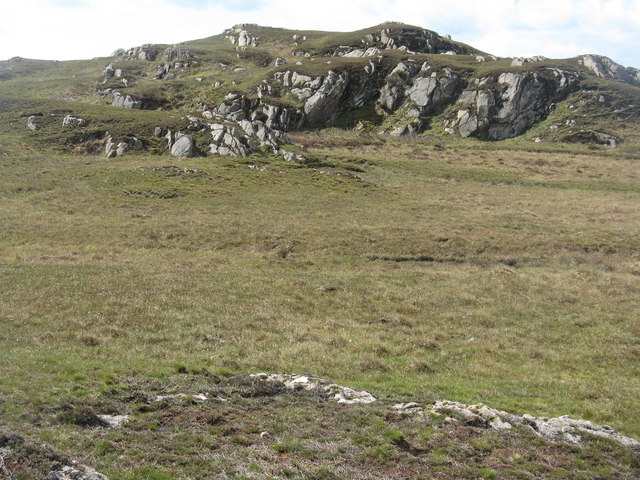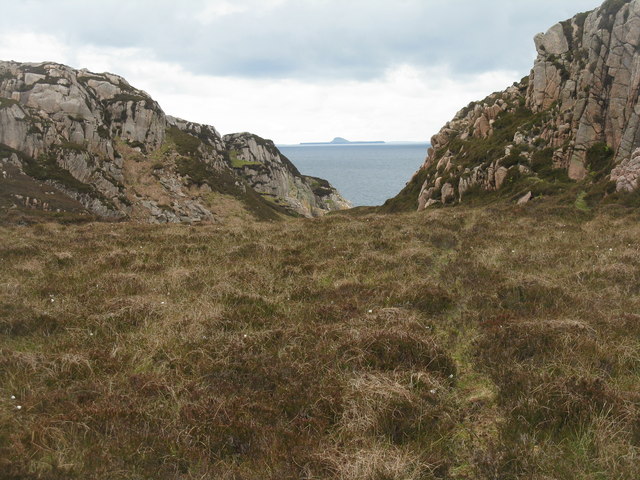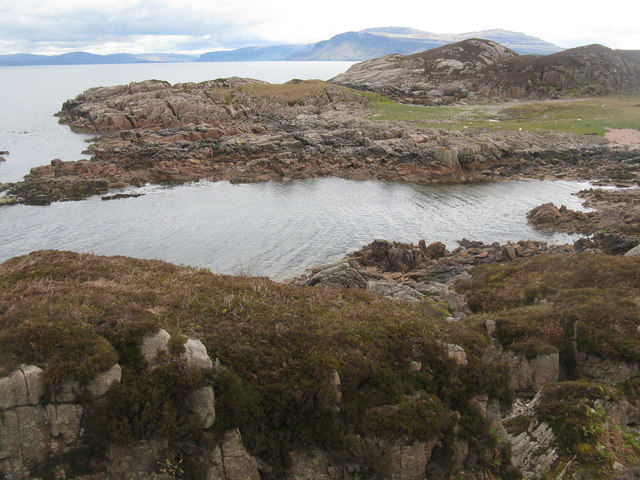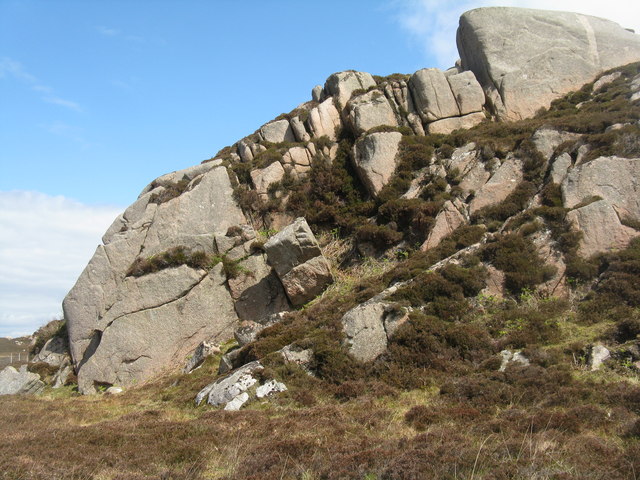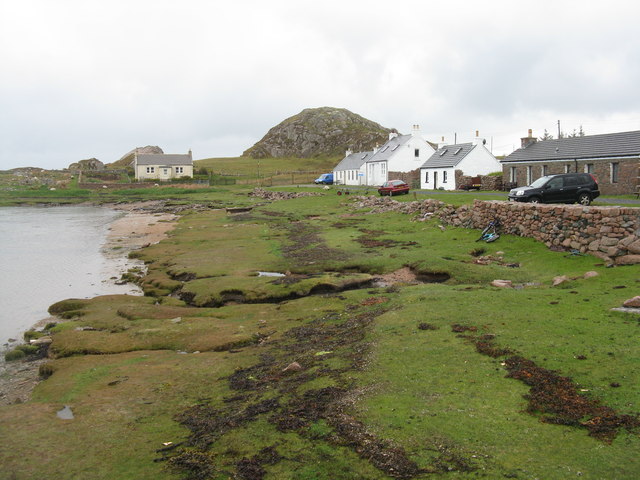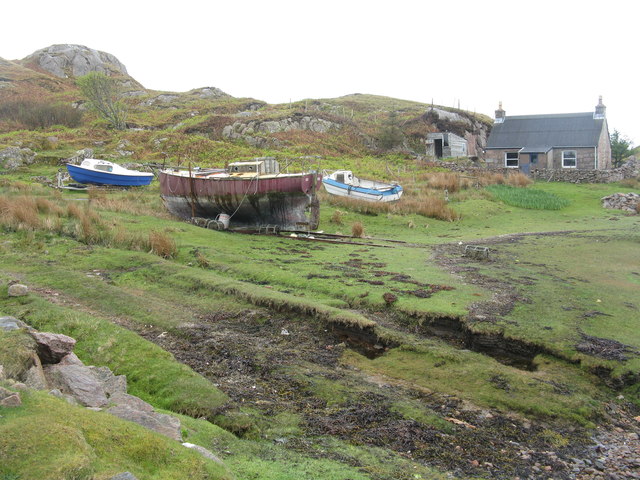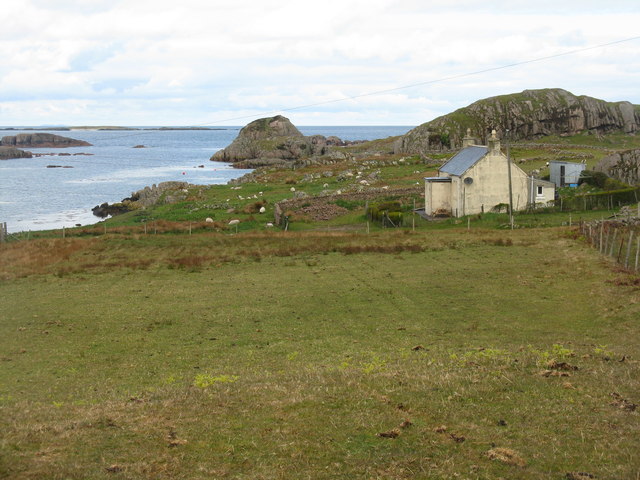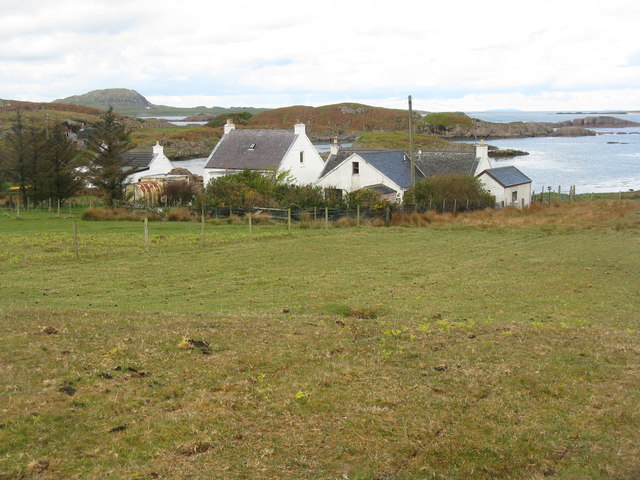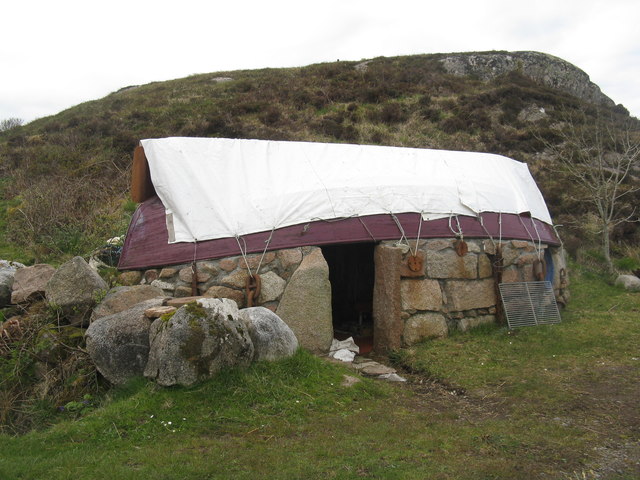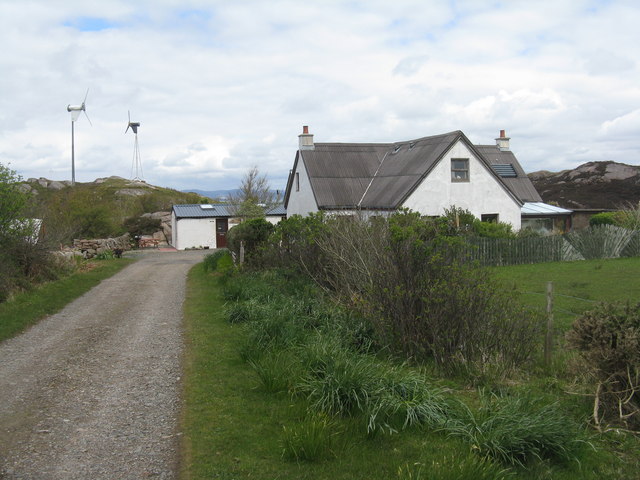Eilean na Corach
Island in Argyllshire
Scotland
Eilean na Corach
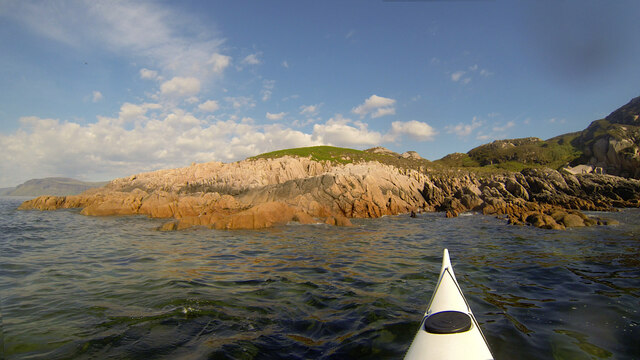
Eilean na Corach is a small island located in the Argyllshire region of Scotland. Situated in the Inner Hebrides, this island is part of a group known as the Slate Islands, which also includes Easdale, Luing, and Seil.
Covering an area of approximately 1.5 hectares, Eilean na Corach is known for its rugged and rocky terrain. The island is predominantly composed of slate, which has been quarried for centuries. The slate from Eilean na Corach was highly prized for its quality and durability, and was used in the construction of many buildings throughout the region.
The island is uninhabited and lacks any permanent structures, making it an ideal destination for nature enthusiasts and those seeking solitude. It offers stunning views of the surrounding sea and neighboring islands, and is a popular spot for birdwatching.
Access to Eilean na Corach is possible by boat from the nearby islands of Easdale or Luing. Visitors can explore the island on foot, taking in the picturesque landscapes and unique flora and fauna. However, it is important to respect the fragile ecosystem and wildlife on the island, as it is a designated Site of Special Scientific Interest.
Overall, Eilean na Corach is a hidden gem in the Argyllshire region, offering visitors a chance to experience the untouched beauty of the Scottish Isles.
If you have any feedback on the listing, please let us know in the comments section below.
Eilean na Corach Images
Images are sourced within 2km of 56.344272/-6.3208158 or Grid Reference NM3325. Thanks to Geograph Open Source API. All images are credited.

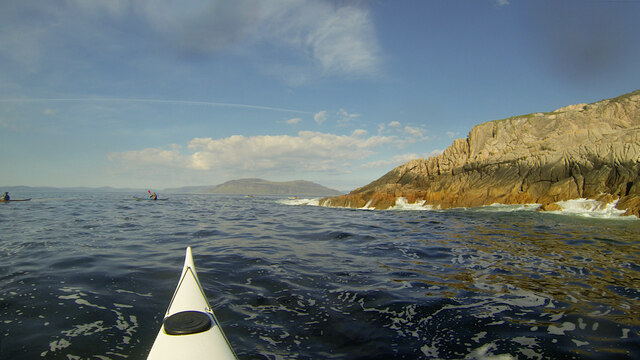
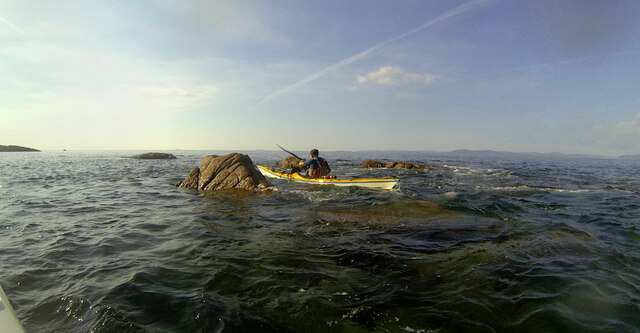
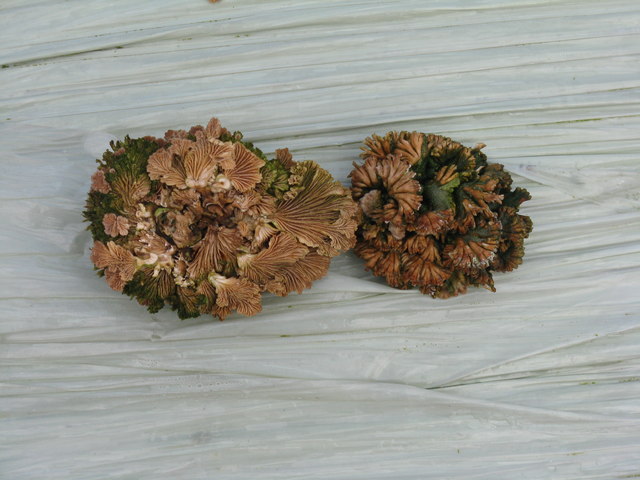
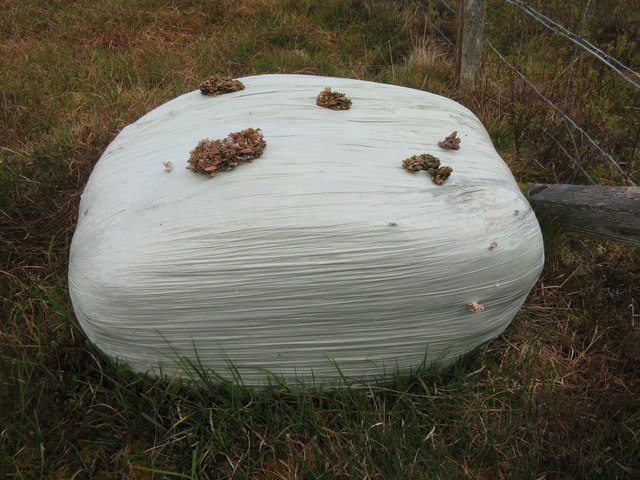
Eilean na Corach is located at Grid Ref: NM3325 (Lat: 56.344272, Lng: -6.3208158)
Unitary Authority: Argyll and Bute
Police Authority: Argyll and West Dunbartonshire
What 3 Words
///plodding.shampoos.lime. Near Fionnphort, Argyll & Bute
Related Wikis
Kintra
Kintra (Scottish Gaelic: Ceann na Tràgha), literally "country" in Scots is a settlement on the North-Western coast of the Ross of Mull, Scotland. The settlement...
Camas Tuath
Camas Tuath (Scottish Gaelic: north bay) is an inlet bay on the Ross of Mull. The bay has two small tidal islands and two Quarrymans' Cottages which the...
Aridhglas
Aridhglas is a village on the Ross of Mull, Isle of Mull in Argyll and Bute, Scotland. == References ==
Fionnphort
Fionnphort (English: , Scottish Gaelic: [ˈfjun̪ˠafɔrˠt̪]) is the principal port of the Ross of Mull, and the second largest settlement in the area (its...
Have you been to Eilean na Corach?
Leave your review of Eilean na Corach below (or comments, questions and feedback).
